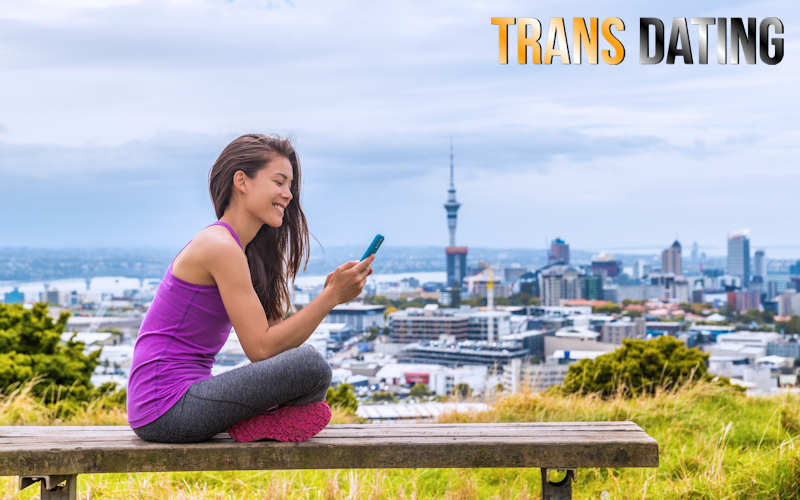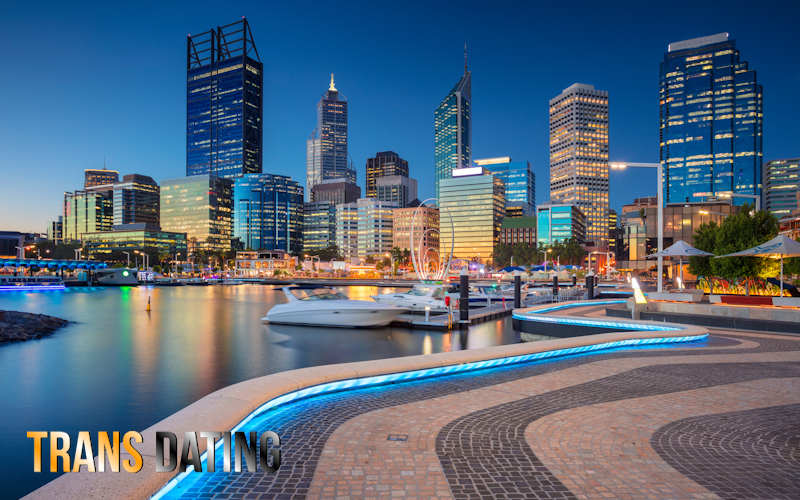In the evolving landscape of gender expression, Australian crossdressers play a significant role in the country’s vibrant LGBTQ+ community. Crossdressing, wearing clothing typically associated with the opposite gender, is a deeply personal and often empowering form of self-expression. It is distinct from being transgender, as it doesn’t usually involve a permanent transition but rather a flexible expression of one’s identity.

Historical and Cultural Significance of Australian Crossdressers
The history of crossdressing in Australia dates back to the colonial era, where individuals often adopted crossdressing for pragmatic reasons such as escaping or blending into different societal roles. Over time, it became a means of self-expression and rebellion against rigid gender norms. In the 20th century, Australian cities like Sydney and Melbourne became epicenters for drag culture, where Aussie crossdressers and performers pushed the boundaries of gender norms through their artistry. Venues on Sydney’s Oxford Street became renowned for their drag shows, showcasing the talents of drag queens and kings, many of whom identify as crossdressers.
These performances have significantly contributed to Australian culture, with events like the Sydney Gay and Lesbian Mardi Gras celebrating the creativity and resilience of Australian crossdressers. The event is not just a spectacle but a platform for highlighting the importance of gender diversity and acceptance.
Legal and Social Progress for Aussie Crossdressers
Australia has made substantial strides in LGBTQ+ rights, creating a more supportive environment for Australian crossdressers. Anti-discrimination laws at both federal and state levels provide legal protection against gender-based discrimination. While societal challenges remain, growing representation in media and politics, along with increased support from allies, is contributing to a more inclusive society.
Finding Community Among Crossdressers, Femboys, and Sissies
For many Australian crossdressers, finding a supportive community is crucial. Online platforms and local groups provide spaces where crossdressers can connect with others, share experiences, and advocate for their rights. Searches like “Australian crossdressers near me” are common as individuals seek local contacts and community support.
These platforms offer advanced search features that make it easier for crossdressers to connect with local contacts, including those who identify as Australian femboys and Australian sissies. Members can browse and connect with others based on their location, whether by state, city, town, or even proximity. Creating personal ads on these platforms allows for unlimited photo uploads and access to live chatrooms, forums, and message boards, making it easier for Australian crossdressers, femboys, and sissies to find companionship and community.
Mary’s Poppin: A Hub for Australian Crossdressers
A key venue in the Australian LGBTQ+ scene is Mary’s Poppin, located in Adelaide. This nightclub is renowned for its inclusive environment and has become a beloved space for Australian crossdressers, femboys, and sissies to express themselves freely. Known for its vibrant drag performances, themed nights, and a welcoming atmosphere, Mary’s Poppin provides a safe and celebratory space where individuals can explore their identities. The club regularly hosts events that attract a diverse crowd, offering a sense of community and belonging. With its dazzling performances and commitment to inclusivity, Mary’s Poppin not only entertains but also fosters a supportive environment where Australian crossdressers and their admirers can connect and celebrate gender diversity.

Australian crossdressers contribute richly to the country’s cultural and social landscape, redefining and challenging traditional notions of gender. From historical roots to contemporary celebrations of diversity, they exemplify resilience and creativity. With growing legal protections and supportive communities, Australian crossdressers, femboys, and sissies can more easily connect with one another and share their experiences. These platforms provide essential resources for finding camaraderie and companionship, helping to build a society that values and celebrates gender inclusivity.



